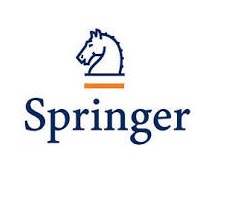6 Conclusion
In this paper, we examine leverage and debt maturity of private and public firms using the entire population of Canadian firms from 2000 to 2008, which ensures that our estimates are free from sample-selection issues.
Three empirical findings unveil the role of a firm’s private/public status in debt financing and debt-maturity structure. First, private firms have significantly higher leverage than public firms after accounting for firm-specific differences and unobserved firm factors. This effect remains after we condition for the effects of typical firm-level factors such as size, tangibility, profitability, growth opportunities and firm fixed effects. Second, private firms rely more on short-term debt than public firms. Third, economic conditions affect debt financing choices. Private firms rely on debt financing when financial conditions are good, while public firms use equity financing. Moreover, private firms rely on long-term debt, while in downturns they shift towards short-term debt. Both private firms’ leverage and debt maturity are procyclical, while they are countercyclical for public firms. These findings are consistent with the the role of information asymmetry in debt financing.
Our findings leave some important questions for future research—to the extent that private firms contribute significantly to the Canadian economy, do private firms’ reliance on short-term debt especially in downturns affect financial system stability. What is the cost of debt for private and public firms during different economic conditions? What is the likelihood of a supply cut of short-term debt to private firms? Does the nature of the economic shock play a role?








